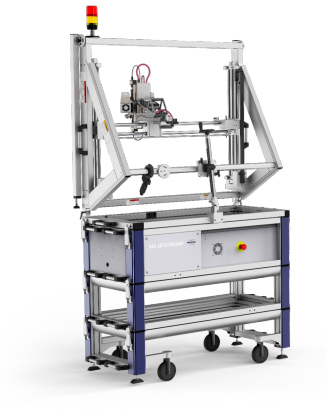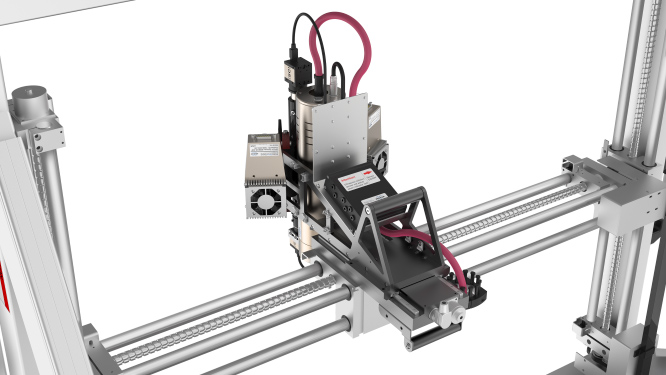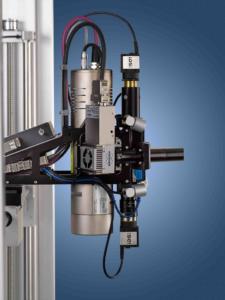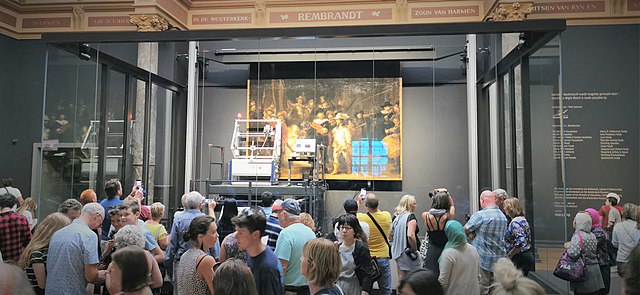Home | M6 JETSTREAM
The Bruker M6 JETSTREAM is a mobile micro-XRF that can be positioned in either upright or horizontal modes, making it an ideal spectrometer for large samples such as paintings, geological samples and artefacts. No sample preparation is required with the M6 JETSTREAM making it ideal for on-site, in-situ analysis. Analysis is adaptable to your needs including resolution and polycapillary X-ray optics which allow for adjustable from 100 – 600 µm spot size.
Depending on desired outcomes, data can be stored as a single spectrum, HyperMap datacube with all optical images captured by the two independent cameras and complete spectral information per pixel. The data can be analysed qualitative or quantitatively as well as being able to create compositional overview images of samples comparable to those generated by large synchrotron facilities.



The M6 JETSTREAM goes beyond any micro-XRF in terms of its application to the arts, archaeology and conservation industry. Data evaluation offers tools with plenty of options from line scans to 2D elemental distribution images. Finding meaningful connections in analysis is simple with this software and allows for greater detail to be captured.
The integrated ultra-sonic distance sensor for collision protection ensures samples are always safe and remain undamaged throughout the analysis process. Further to this, the mobility ensures objects of high value have minimal movement or disturbance allowing for in-situ analysis.

Image courtesy of Bruker: The M6 JETSTREAM mid analysis of Rembrandt’s The Night Watch (1642).
In 2019 the Rijksmuseum built a glass cubed area around the Rembrandt’s The Night Watch to allow for much needed research and conservation works to be carried out without having to take the painting off display to do so. The M6 JETSTREAM was a key component in the research aspect of the project and was used to analyse the paint to better understand the materials used by Rembrandt. The outcome of this research informed how conservation treatment was carried out on the historic piece.
